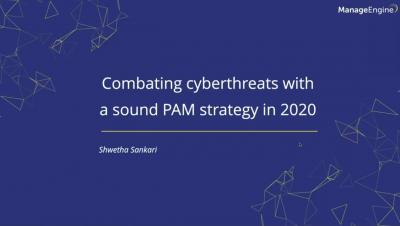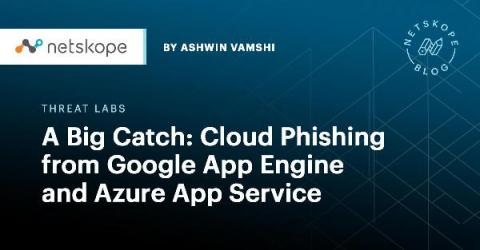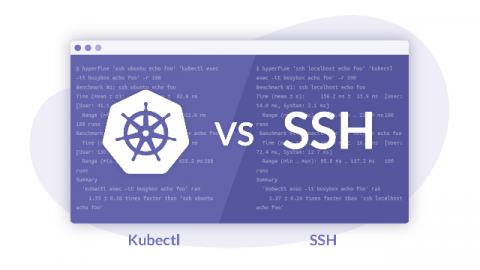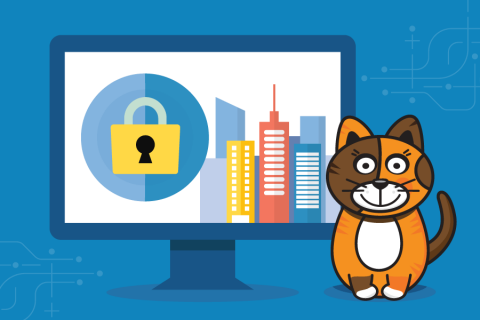What is endpoint protection? Endpoint security explained
5G is here and changing the way business is done. With this comes an increase of devices to take advantage of low latency and high bandwidth that will allow businesses to truly transform. Because of those devices, the attack surface is also rapidly expanding and will increase opportunities for bad actors. This new wave of endpoints presents both a business opportunity and a business risk. The need for proper endpoint protection is more important today than ever before!









